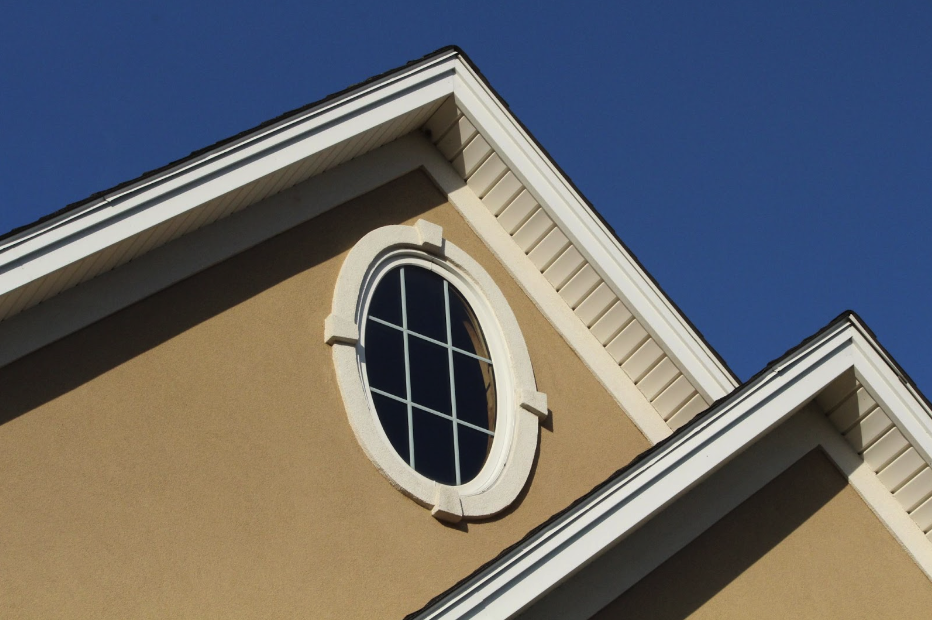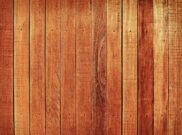Choosing the Right Trim for Your Metal Roof: Gable Trim vs Rake Trim Explained


Roger Marx
Roger Marx, a distinguished BPA Advisor specializing in Landscaping & Outdoor Materials, is dedicated to sharing his extensive knowledge and expertise on the latest trending building and design products. With a keen focus on landscaping and outdoor materials, Roger contributes valuable insights that shape discussions on innovative construction practices and materials in these vibrant and essential areas.
The metal roof of your home plays a vital role in safeguarding it against the elements and enhancing its visual charm. An indispensable component of a metal roofing system is the trim, which guarantees a polished appearance and contributes to maintaining the structure's watertight integrity. Two main types of trim used for metal roofs are gable trim and rake trim, though some industry professionals consider them the same thing. This article will deal with them separately.
What is Gable Trim and Rake Trim?
Gable trim and rake trim are essential components in a metal roofing system that cover the edges of the roof and create a clean, finished appearance. Gable trim is typically installed along the eave and rake edges of the roof, while rake trim is used on the sloping edges of a gable end along the wall and under the overhang. While the gable trim serves the primary purpose of protecting the edge of the roof from water intrusion, the rake trim is more decorative.
Gable Trim
Gable trim is installed at the gable ends to seal the edge of the roof, preventing water and debris from entering the roof system. It is often painted to match or complement the roof color or the home's exterior as it will overlap the metal roof panels at the gable ends.
Rake Trim
Rake trim is installed along the sloping edges of a gable end, perpendicular to the eave. It serves a similar purpose to gable trim, providing a finished appearance and protecting the roof structure from water and debris. Rake trim is typically installed after the soffit on the gable eaves to provide a transition from the eaves to the siding on the home.
Comparing Gable Trim and Rake Trim
Function
Their purpose is to provide protection from the elements in 2 specific areas of the home:
Gable trim: Rake edges of the roof, gable ends, roof decking, and ridge cap at the roof ridge.
Rake trim: Sloping edges of a gable end against the gable wall.
Aesthetics
Gable trim and rake trim both contribute to the finished appearance of a metal roof. Gable trim can be painted to match or complement the roof color or the home's exterior, while rake trim is usually installed with a color that matches the home's siding or other trim.
Durability
Gable trim is more durable than the rake trim in terms of resistance to damage and overall lifespan as it is usually made of metal. However, both trim types need regular inspection and maintenance to ensure they remain in good condition and perform their functions effectively.
Maintenance
Regular maintenance is essential for both gable trim and rake trim, as they are exposed to the elements and can be susceptible to damage, wear, and tear. Gable trim is more susceptible to damage than rake trim, but both types of trim should be inspected and maintained periodically to ensure their longevity and effectiveness.
How to Install Gable Trim
To install gable trim on a metal roof, a range of tools and materials is required to ensure a secure and accurate installation. The tools needed for gable and rake trim are generally the same if the rake trim (which is usually wood or some type of composite board) will be covered by metal.
Tools and Materials Required
- Snips for cutting metal
- Seamer for bending metal by hand
- Pencil for marking carpentry
- Protective gloves for roofing
- Gun for applying caulk
- Sealant made from silicone
- Instrument for measuring angles (protractor)
- Square for quickly measuring angles (speed square)
- Adjustable T-bevel for measuring and transferring angles
- Square for multiple purposes (combination square)
- Butyl tape with adhesive on both sides
- Metal lap screws with washers that include sealant, measuring ¼ x ⅞ inch
Step-by-Step Installation Instructions
The specific installation instructions might vary depending on the manufacturer, but the following general steps can provide guidance for installing gable trim and rake trim on a metal roof.
- Preparations: Ensure that the roof decking, underlayment, and metal panels are correctly installed before starting the installation. Clean the locations where the gable or rake trim will be installed to guarantee a tight fit and seal.
- Mark and Measure: Determine the length of the area where the trim will be installed and mark the trim pieces using a carpenter's pencil. Recheck your measurements to avoid errors.
- Trim Cutting: Use metal cutting snips to carefully cut the trim pieces according to the marked measurements.
- Applying Sealant: Place a continuous line of silicone sealant or double-sided butyl tape on the bottom of the gable or rake trim where it will contact the metal panels.
- Align the Trim: Accurately align the gable or rake trim along the roof's edges, making sure it fits tightly and covers the metal panels' edges.
- Attach the Trim: Fasten the trim to the metal panels using ¼ x ⅞ inch metal-to-metal lap screws with sealing washers. Place the screws approximately 12-16 inches apart for a secure fit.
- Overlap the Trim Pieces: When installing several trim pieces along an edge, ensure that each piece overlaps the previous one by about 2 inches. Apply sealant between the overlapping sections to create a watertight seal.
- Ridge Cap Installation: After installing the gable or rake trim, install the ridge cap to complete the edge protection of the roof.
Gable and Rake Trim Provide Your Roof with Aesthetically-Pleasing Protection
With careful installation that follows manufacturer-specific instructions as well as regular inspection and maintenance, we can be sure our metal roofs will last longer with these protective features in place.
Get Smarter About Building Products
Join 50,000+ subscribers and get our 3 min daily newsletter on what matters in the building materials industry.
You might like this


Edgecomb Gray vs Revere Pewter: Greige Color Showdown
When it comes to the battle of Edgecomb Gray vs Revere Pewter, these two popular paint colors from Benjamin Moore offer unique characteristics that make them both highly sought-after choices for interior and exterior applications. In this in-depth analysis, we will explore the subtle differences between Edgecomb Gray and Revere Pewter, as well as their […]


Lifetime Steel Post vs PostMaster Fencing: In-Depth Guide
When it comes to fencing, the choice between Lifetime Steel Post and PostMaster Fencing can be a challenging decision for both DIYers and professional builders. In this blog post, we will dive deep into the features and styles of these two popular fence posts options. Lifetime Steel Post Features and Styles The Lifetime Steel Posts […]


Sunrise Windows vs Andersen: Comparing Quality & Efficiency
When it comes to choosing the right replacement windows for your home or construction project, Sunrise Windows and Andersen are two leading contenders in the market. Both companies offer a variety of window options with distinct features and benefits that cater to different needs and preferences. In this comprehensive comparison between Sunrise Windows vs Andersen, […]